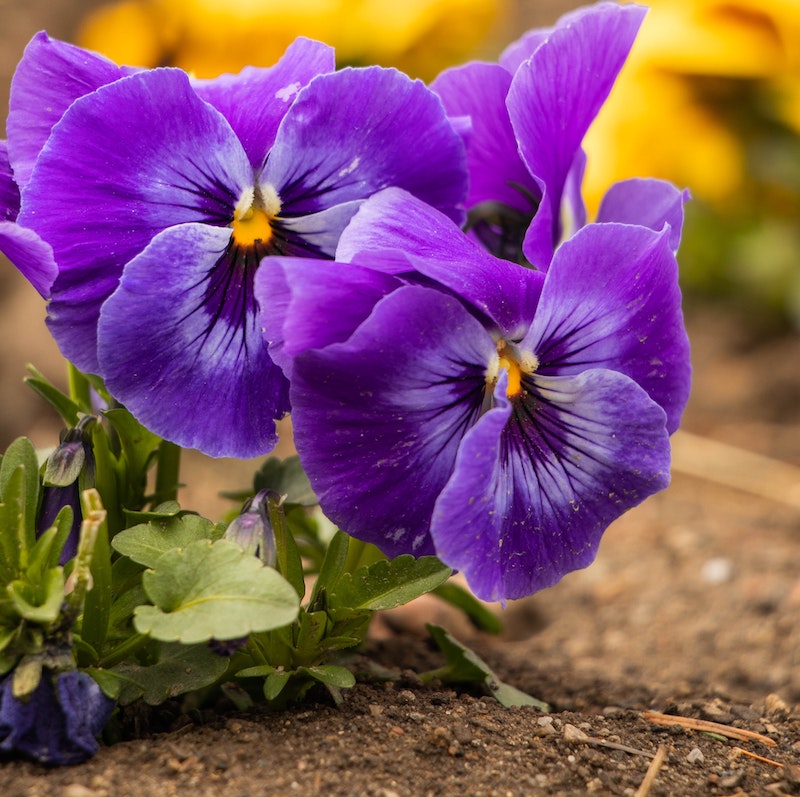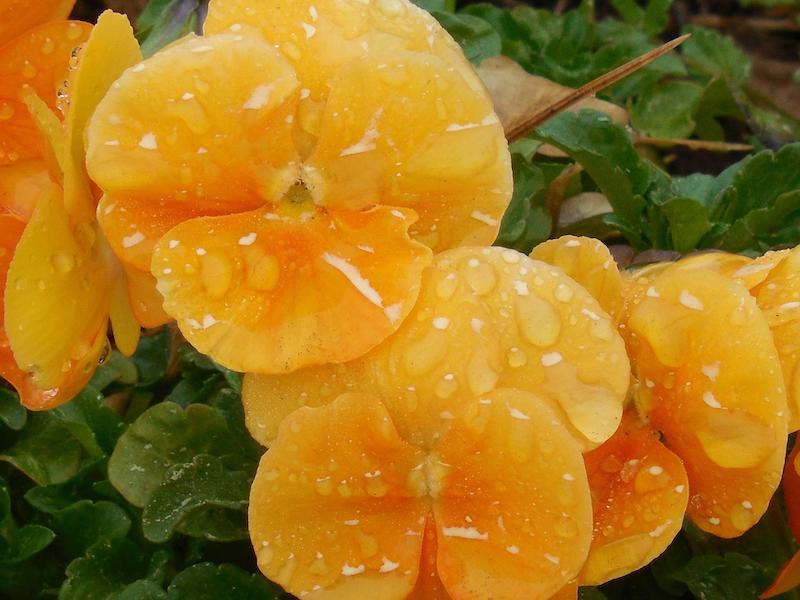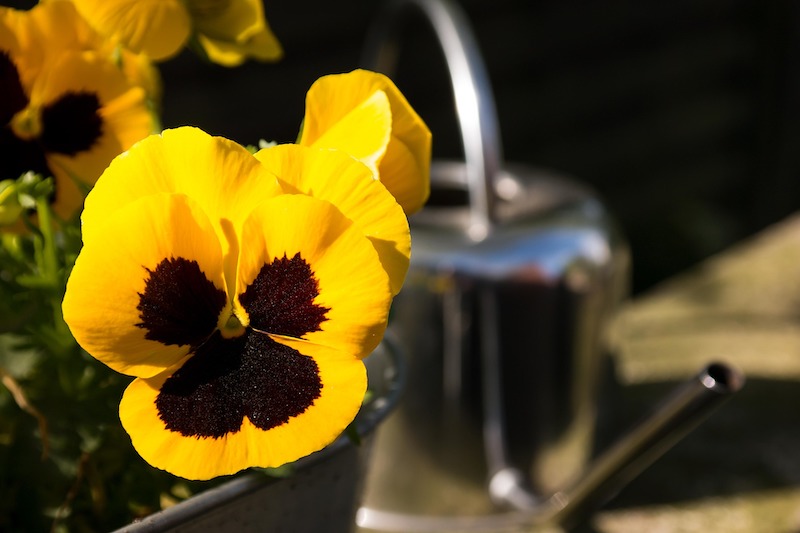Watering is an essential part of plant care, and while Pansies are relatively low maintenance, they have specific water needs. Consistent water helps the plant establish a strong root system and supports healthy growth. While water is important for Pansies to grow and thrive, too much water is potentially just as damaging as not enough. Finding the right balance and knowing the signs to look for will help you successfully water your Pansy plants.
How To Tell If Pansies Needs Watered
Pansies will droop or wilt when they are too dry and need water. The foliage may wither, and the stems may gently bend. The soil will be dry to the touch and may look cracked if very dry. The leaves may turn brown and fall away when the plant is severely dehydrated. Pansies can be overwatered. The leaves of plants that are overwatered will turn yellow. The most reliable way to tell when Pansies need water is to feel the soil. Water the plant when the top inch of soil feels slightly damp but not completely dry.

How Often To Water Pansies
Plan to water newly planted Pansies daily. This is a thirsty plant, and new plants need a bit more water to help them settle in and grow a robust root system. Water new plants when the top layer of the soil is still damp but not yet dry. Hold off on watering Pansies if the soil is wet.
Established plants have similar water needs to new plants but need slightly less water. Plants in areas with increased light may dry out more quickly, while plants in shadier spots may stay damp longer. Water established Pansies when the top inch of soil is almost dry but still somewhat damp.
Pansies can be overwatered. This plant likes to be on a regular watering schedule but does not like to be soggy. Too much water can cause the roots to rot and can be damaging.
Potted Pansies have watering needs similar to new plants. Container-grown plants dry out more quickly, so plan to water daily. Potted plants may need to be watered twice daily if the plant receives high amounts of light or during hot weather or a time of drought.

Best Time To Water Pansies
Any time a plant shows signs of distress and dehydration is a good time to water. However, it is best to water before a plant becomes too dry. Mornings are a good time to water plants since it is cooler, and the plants can hydrate before the afternoon sun and heat kick in.
How to Water Pansies
Step 1 - Feel the soil and look for signs of water stress.
Feel the soil, and water if the top inch of soil is just barely damp. Drooping or wilted leaves are an indication the plant is too dry.
Step 2 - Water the soil above the root ball.
Saturate the ground around the plant to get the roots wet.
Step 3 - Check the plant daily.
Look for signs of dehydration daily or multiple times per day during a dry spell or heat wave.
Step 4 - Let excess water drain.
Potted plants need drainage; water until excess water drains through the container.
Pansies Watering Tips
- Inspect the plant and soil for indications of water stress or feel the ground to gauge the dampness.
- Water deeply to saturate the soil.
- Do not water if the soil is wet.
 |
Author Alison Cotsonas - Published 08-01-2022 |

